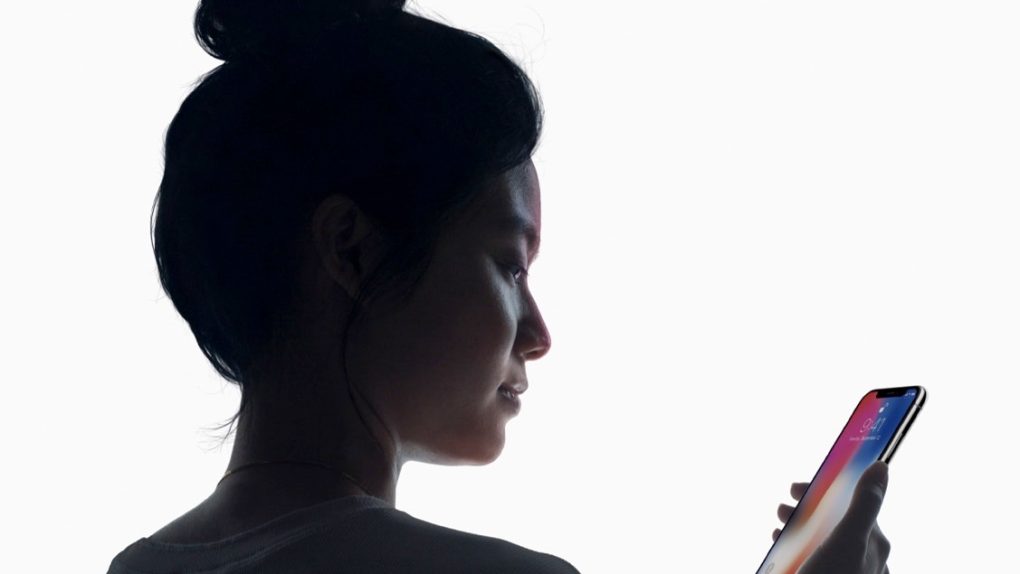To borrow a phrase from the annals of Apple marketing, Face ID on the iPhone X “just works.” Though Face ID was initially received with a healthy dose of skepticism, the iPhone X’s new facial recognition software works exactly as advertised, which is to say that you don’t even really notice it’s there in the first place.
One of the great things about Face ID is that the data associated with your initial Face ID photo is always being updated to account for even subtle changes in your appearance. That being the case, there’s an incredibly simple way for iPhone X users to train Face ID to work flawlessly across all situations. So if you’ve been noticing that Face ID works great 99% of the time but seems to slip up if you hold up your phone at an angle or from a new distance, we’ve got a solution for you.
The next time you try to unlock your iPhone X with Face ID and it doesn’t take, don’t try to unlock it with Face ID a second time. Instead, enter in your passcode. Doing so effectively tells Face ID to incorporate facial data from whatever new angle or position you happen to be holding your phone in. That being the case, the next time you attempt to unlock your phone from the same position, your phone will unlock immediately.
As snazzy as this all sounds, you might be wondering if a friend who happens to have your passcode might be able to stealthily train Face ID to identify his own face. The answer to this question, in short, is no.
Apple cleverly designed Face ID such that it will only incorporate new facial data when a user unlocking the device looks similar enough to the owner as to meet a certain threshold.
As Apple’s white paper on Face ID security notes:
To improve unlock performance and keep pace with the natural changes of your face and look, Face ID augments its stored mathematical representation over time. Upon successful unlock, Face ID may use the newly calculated mathematical representation—if its quality is sufficient—for a finite number of additional unlocks before that data is discarded.
Conversely, if Face ID fails to recognize you, but the match quality is higher than a certain threshold and you immediately follow the failure by entering your passcode, Face ID takes another capture and augments its enrolled Face ID data with the newly calculated mathematical representation. This new Face ID data is discarded after a finite number of unlocks and if you stop matching against it. These augmentation processes allow Face ID to keep up with dramatic changes in your facial hair or makeup use, while minimizing false acceptance.
Most iPhone X users have been thrilled with Face ID, but if you find that it’s been even a tad wonky, try out the tip above and you should see improved results immediately.








